Is 4x4 compost too big?
hafamily5
7 years ago
Featured Answer
Sort by:Oldest
Comments (51)
hafamily5
7 years agoRelated Discussions
HELP! Rate my 4x4 plans for Summer Crop planting this week!
Comments (3)Oops, I forgot that we LOVE delicata squash so I elminated one of the tomatioes and added delicata. (We're growing some tomaters in pots, too, so we'll have plenty.) So... here's one final change... bear with me. Thanks for your help and ideas. Delicata Squash---Grean Bean-----Nasturtium-----Cuke Nasturtium--------Marigold-------Marigold------Carrot Basil-------------Pepper---------Pepper--------Carrot Tomat-------------Carrot---------Basil--------Carrot One other question, since I'm doing only 1 square each of grean beans and delicata squash, will 1 plant be enough of each for a respectable harvest?...See More4x4 blocks
Comments (4)Yep, I am afraid to throw anything aways without really asking myself if I could use it for anything else now. I've painted blocks similar to this before, in fact, I have a taller one with garden designs on top of my laundry room cabinets that I made a few years ago. Easy way to display some of our painting. Next I have a Snowman to work on, then maybe some Pilgrims. I'm really in the mood to paint now, so better do it while I'm motivated! LOL...See MoreDesigner tells me 4x4 tiles for backsplash too small??
Comments (11)My tile contractor, who lives next door, says that he much prefers 4x4. He feels that the 6x6 is just not the right scale. He has also been installing quite a bit of subway tile lately. These are just his opinions, but I thought I'd pass them along. I had a designer tell me to go 12x12 as well, but I agree, I don't care for the look. His theroy was that when you do 4x4 of 6x6 in the field tile, it is hard to differentiate in the focal point behind the range if you want to do something different there. With 12x12, you basically get one tile, then two pieces in a normal back splash. I guess I am going 4x4....See MoreHow much rock dust do you use for a 4x4 bed?
Comments (16)People often lost sight of the fact that most soils have gobs of trace minerals, most of which are not being utilized (or even mobile at any one time). I blame the mineral supplement people at least partly. It all depends on what your soil is, so the discussion is at a disadvantage without that. But unless you are growing in pure silica sand (which rarely occurs anywhere, if you look closely at sand it will usually have all different colors of rocks represented), you will likely have plenty. As for depleting it and not putting it back, I suppose if you didn't import anything to your yard, there would be a nonzero risk of that if your soil was poor. But most of us import compost, and we import food as well, and compost the scraps. We don't live in a bubble. Just for kicks, let's look at one mineral and one vegetable. How about zucchini, which according to the following link http://www.lenntech.com/fruit-vegetable-mineral-content.htm has 0.7 mg Zn per 100 mg. Background Zn in my Missouri clay runs about 60 mg/kg. How many pounds of zucchini would I have to remove from to top 6" of a 20x20 ft garden to deplete the Zn by 50%?...See Morefloral_uk z.8/9 SW UK
7 years agokimmq
7 years agoUser
7 years agohafamily5
7 years agohafamily5
7 years agohafamily5
7 years agoLloyd
7 years agohafamily5
7 years agodaninthedirt (USDA 9a, HZ9, CentTX, Sunset z30, Cfa)
7 years agolast modified: 7 years agofloral_uk z.8/9 SW UK
7 years agokimmq
7 years agoUser
7 years agotoxcrusadr
7 years agohafamily5
7 years agolast modified: 7 years agodaninthedirt (USDA 9a, HZ9, CentTX, Sunset z30, Cfa)
7 years agolast modified: 7 years agoPaul Menten
7 years agotoxcrusadr
7 years agolast modified: 7 years agohafamily5
7 years agotoxcrusadr
7 years agohafamily5
7 years agogumby_ct
7 years agolast modified: 7 years agofloral_uk z.8/9 SW UK
7 years agogumby_ct
7 years agolast modified: 7 years agodaninthedirt (USDA 9a, HZ9, CentTX, Sunset z30, Cfa)
7 years agolast modified: 7 years agotoxcrusadr
7 years agogumby_ct
7 years agohafamily5
7 years agotoxcrusadr
7 years agohafamily5
7 years agogumby_ct
7 years agolast modified: 7 years agoLloyd
7 years agogumby_ct
7 years agohafamily5
7 years agotoxcrusadr
7 years agoPaul Menten
7 years agogumby_ct
7 years agodaninthedirt (USDA 9a, HZ9, CentTX, Sunset z30, Cfa)
7 years agolast modified: 7 years agotoxcrusadr
7 years agogumby_ct
7 years agolast modified: 7 years agoThomas
7 years agotoxcrusadr
7 years agotoxcrusadr
7 years agoThomas
7 years ago
Related Stories

GARDENING GUIDESGet on a Composting Kick (Hello, Free Fertilizer!)
Quit shelling out for pricey substitutes that aren’t even as good. Here’s how to give your soil the best while lightening your trash load
Full Story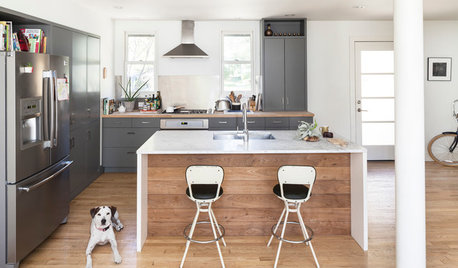
KITCHEN DESIGNNew This Week: 4 Subtle Design Ideas With Big Impact for Your Kitchen
You’ve got the cabinets, countertops and appliances in order. Now look for something to make your space truly stand out
Full Story
DREAM SPACESHouzz Tour: Hugging the Rocky Cliffs in Big Sur
Cascading down a rugged site and generously encased in glass, this California home takes full advantage of its ocean views
Full Story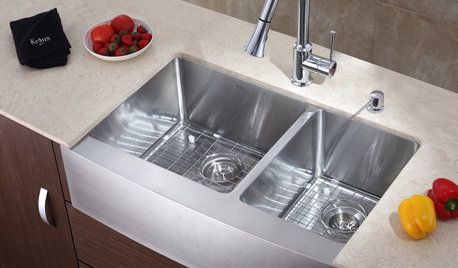
MOST POPULAR8 Little Remodeling Touches That Make a Big Difference
Make your life easier while making your home nicer, with these design details you'll really appreciate
Full Story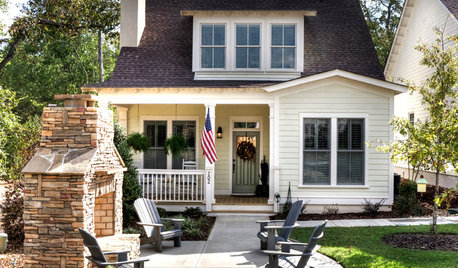
LIFE10 Reasons to Love a Not-Big House
A smaller home is easier to maintain and furnish, and there are intangible benefits too
Full Story
HOUSEKEEPING20 Things You Might Be Forgetting to Spring-Clean
Clean these often-neglected areas and your house will look and feel better
Full Story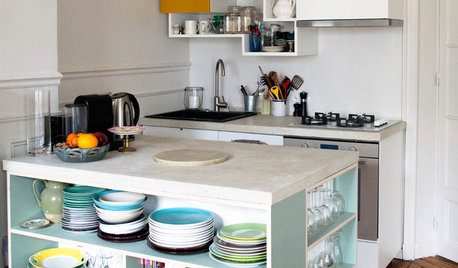
SMALL KITCHENSBig Ideas for Compact Kitchens
Check out these stylish storage ideas for kitchens both small and large
Full Story
GREEN DECORATINGEasy Green: Big and Small Ways to Be More Water-Wise at Home
These 20 tips can help us all make the best use of a precious resource. How do you save water in summer?
Full Story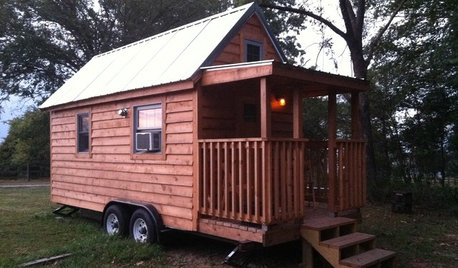
HOUZZ TOURSHouzz Tour: Tiny Home Built for Big Adventure
Newlyweds Evan and Gabby Coulson construct a 117-square-foot home made for the road
Full Story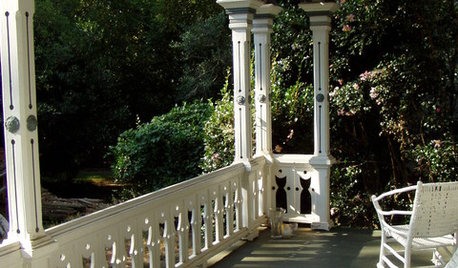
Balusters: Big Impact with Not-So-Big Details
Intricate or Simple, Balusters Define a Home's Architectural Style
Full Story



daninthedirt (USDA 9a, HZ9, CentTX, Sunset z30, Cfa)